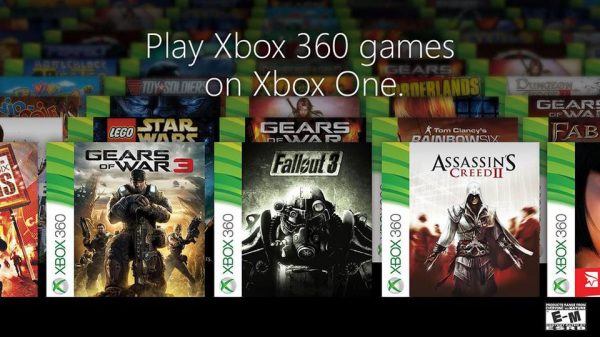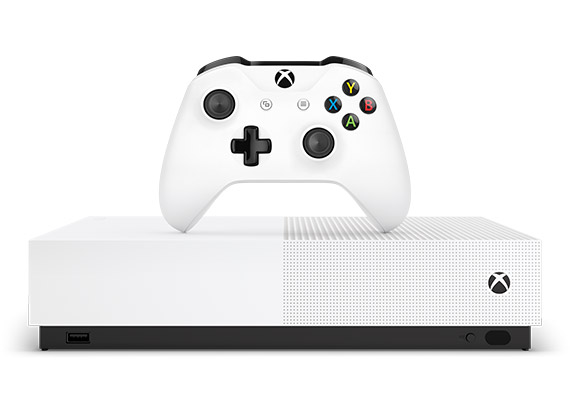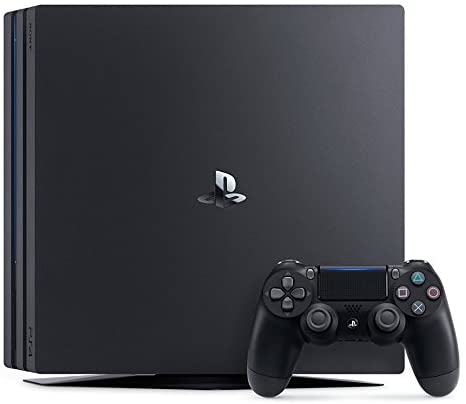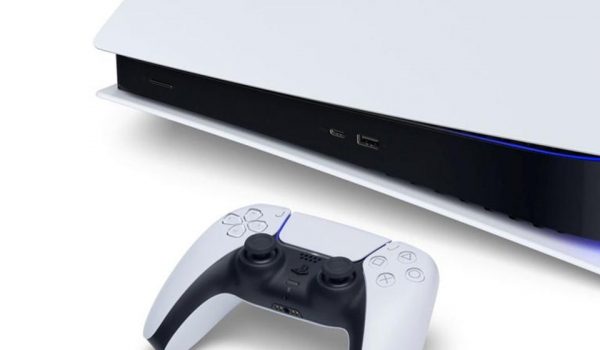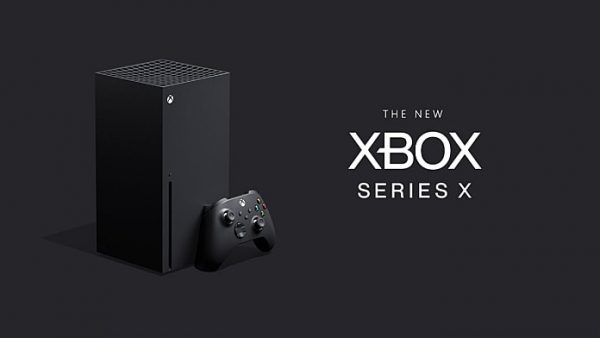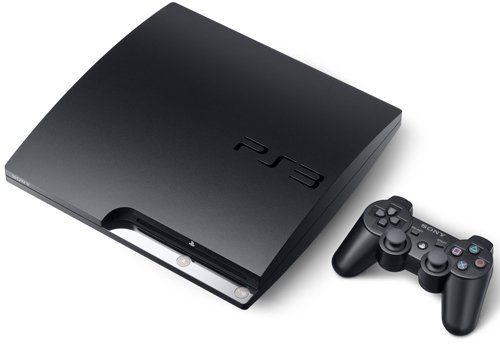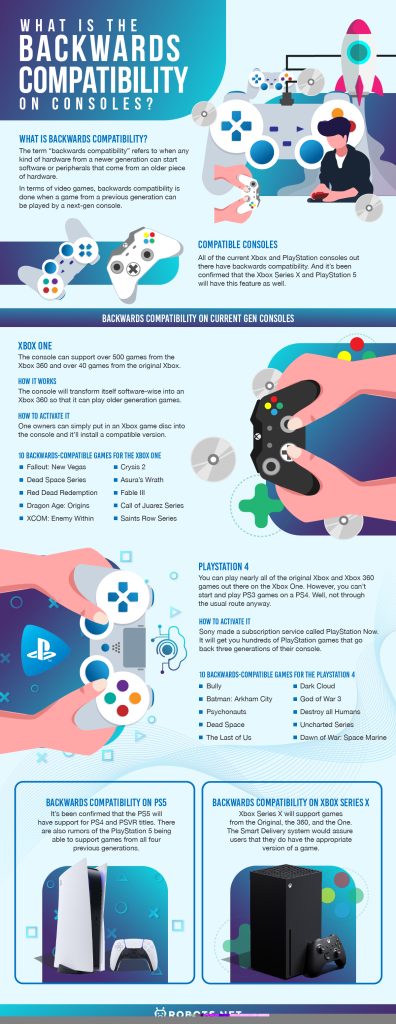What Is Backwards Compatibility
The term “backwards compatibility” refers to when any kind of hardware from a newer generation can start software or peripherals that come from an older piece of hardware for posterity and preservation. In terms of video games, backwards compatibility is done when a game from a previous generation can be played by a next-gen console. An example would be the Xbox One, it allows players to play games even from the original Xbox.
Compatible Consoles
All of the current Xbox and PlayStation consoles out there have backwards compatibility. And it’s been confirmed that the Xbox Series X and PlayStation 5 will have this feature as well, albeit with different amounts in terms of the compatible games.
Backwards Compatibility on Current Gen Consoles
Xbox One
The Xbox One did not have support for older games when it was initially released. Now, the console can support over 500 games from the Xbox 360 and over 40 games from the original Xbox. Of course, it’s a relatively small fraction of the games released for the two older consoles. However, Microsoft is said to be interested in preserving their incredibly extensive games library. One of the main features of Microsoft’s next-gen release will be backwards compatibility.
How It Works
On the Xbox One, backwards compatibility is done through its software. The console will transform itself software-wise into an Xbox 360 so that it can play older generation games. Even if there are no additions to old games from the original Xbox and the 360, you can now play them either by using old game discs or via digital purchase.
How to Activate It
Backwards compatibility for the Xbox One is the same as the one for the 360. Xbox One owners can simply put in an Xbox game disc into the console and it’ll install a compatible version. Be mindful that you can’t connect to online features as servers for older games would have been dead already. Also, you won’t have access to older save files as well. However, the System Link feature for these games still work.
10 Backwards-Compatible Games for the Xbox One
Fallout: New Vegas Dead Space Series Red Dead Redemption Dragon Age: Origins XCOM: Enemy Within Crysis 2 Asura’s Wrath Fable III Call of Juarez Series Saints Row Series
PlayStation 4
You can play nearly all of the original Xbox and Xbox 360 games out there on the Xbox One. However, you can’t start and play PS3 games on a PS4. Well, not through the usual route anyway.
How to Activate It
If you thought that simply inserting a PS3 game in your PS4 console will work, it’s sadly not that easy. However, Sony made a subscription service called PlayStation Now. It will get you hundreds of PlayStation games that go back three generations of their console. PlayStation Now allows you to play games from older generations. The Now service is great as it lets you enjoy the newest blockbusters and, when you feel nostalgic, select a game from generations past.
10 Backwards-Compatible Games for the PlayStation 4
Bully Batman: Arkham City Psychonauts Dead Space The Last of Us Dark Cloud God of War 3 Destroy all Humans Uncharted Series Dawn of War: Space Marine
Next-Gen Backwards Compatibility
How Does Backwards Compatibility Work on PS5?
Let’s begin the question of backward compatibility with the PS5. So far, Sony’s played the cards it currently has close to the chest when it relates to PS5 details. However, we do know that the console will have backwards compatibility support. It’s been confirmed that the PS5 will have support for PS4 and PSVR titles. There are also rumors of the PlayStation 5 being able to support games from all four previous generations. This might mean that the PS5’s games library could go right back to the days of PS1 with Metal Gear Solid to Final Fantasy 7 and more.
How Does Backwards Compatibility Work on Xbox Series X?
Meanwhile, Microsoft’s approach will be the same as Sony with the PS5. Xbox Series X will support games from the Original, the 360, and the One. Microsoft also plans to improve the performance of old games once supported by the Xbox Series X. Another feature is that the Series X will also support Xbox One hardware. However, Microsoft is not only looking back, but they’re also looking forward. The Series X will have the Smart Delivery system. In layman’s terms and some respects, the Smart Delivery system could be looked at as forwards compatibility. The Smart Delivery system would assure users that they do have the appropriate version of a game. As a benefit, it won’t matter what Xbox console you’ve bought it on. So, for example, you bought a new game for the Xbox One, you’ll then be able to have a free upgrade or version compatible with the Series X. The first-party titles Microsoft is going to offer will get this by default. However, other companies are not mandated and can not do so. In a blog post, Microsoft made it clear that not every game will be supported by the Xbox Series X. But, they also said the catalog compatible with supported games from all previous generations will be big.
What Games From Previous Consoles Are Compatible?
As stated before, PS4 will be supported by the PlayStation 5. You can do this by buying a PS4 game using your PSN account and transfer it to the PS5 once the new console is out. The other way to do this is by inserting a PlayStation 4 game disc into your PS5. However, be reminded that the PS5 you’ll buy is the one with a disc drive. You can also play games that were downloaded as a PS4 on your PS5. Microsoft will dig deep from their backward compatibility library, and allow Xbox Series X users to have access. Their library supports over 900 games from the first two generations of Xbox consoles. Microsoft has also stated that the Series X will support most titles from the Xbox One. As a last thing of note, but also what’s probably the most important thing, the new console will have Smart Delivery. This means selected games that the user purchases on the Xbox One will be made free for the owners of the game on the new console, Xbox Series X. This will, of course, include the new Halo Infinite and CyberPunk 2077.
Pros and Cons of Having Backwards Compatibility on Consoles
Pros
Preserves classic games for younger generations to come
There are quite a few incentives for both Microsoft and Sony to put in backwards compatibility on their newer consoles. Backwards compatibility is a good way of preserving software from previous generations and making them accessible to younger generations. Many classic video games are common victims when we’re talking about halted console support, and is relevant when we’re discussing the reason and value of supporting older software on newer hardware. Video games have been influential especially in pop culture and have helped them to be a famous form of media. And there are people that (rightly) believe that not putting in backward compatibility would sadly cause classic video game titles to vanish to the ether. Backwards compatibility also serves as another valuable selling point for either company’s newer hardware, like the PS5 and Xbox Series X. This is because any existing player base of either console can more affordably and reliably upgrade to newer generations of either console. This allows the two companies in question to make up for a very likely lack of new content on the early release of new systems, as the users can just jaunt back to the previous console’s massive games library. All the while, the game developers slowly start to move on to newer hardware.
Boosted Sony Playstation 2’s Popularity
A pretty good example of this from a long time ago (in terms of game development) is Sony’s PS2. The PS2 was made to have backward compatibility for the games that its predecessor, the PS1, has. While the starting selection of available games for the PS2 during the console’s launch was a bit on the thin side, the sales were nevertheless pretty good for Sony in the 2000-2001 timeframe. A big boost for Sony was making the PlayStation 2 capable of supporting games from the PS1. This allowed Sony time to develop titles moving forward as the compatibility of the PS2 allowed their developers to release games during the holiday season.
Boosted Xbox One Sales After Launch
Originally, the Xbox One was not capable of supporting games from its predecessors. However, Microsoft added this feature a few years after the console’s release. Players invested a huge amount of time in these older games and with the upcoming release of the Xbox Series X, backwards compatibility may even further boost its sales. A huge part of both the implementation and success that this feature had is because the hardware on the newer console generations is both powerful and alike enough to the legacy systems before them that many of their older titles can be remade and/or be re-configured to have compatibility to the Xbox One. The good thing is that having the compatibility to support games from generations past is a main draw for the Series X. Add the fact that Microsoft aims to give older titles increased performance once it gets played using the Series X. This method has proved to be incredibly popular with almost all Xbox players and in fact, goes contrary to the usual trends of outside studio made remasters of many classic titles, making what a few critics believe to be a significant change in the strategies of console makers.
Cons
Costs
The monetary and time costs that come with supporting older versions of software is by far considered the biggest drawback to backward compatibility. The associated costs that backwards compatibility have are typically bigger when talking about materials if there’s necessary hardware to support the legacy systems. An increase in complexity of the product in question might take a long time to develop and properly market, various technological hindrances, a slow-down in innovation for newer versions of the system, and lastly, increased expectations from the users of the system in terms of the compatibility of the system to previous versions. Companies have also removed backward-compatible hardware when manufacturing their current-gen consoles, especially if a console is being manufactured before the launch of its successor. This is so that they can reduce cost and re-invigorate sales, if briefly before they release newer hardware versions.
Hindered the PS3
A pretty good example of the above is Sony’s PS3. Why this is the case? Well, the first PS3 version was incredibly expensive to create. This is in part because of the inclusion of the Emotion Engine from the PS2 so that the PS3 can play PS2 games. The PS3’s architecture was significantly different when compared to the PS2. The next PS3 hardware changes have removed the Emotion Engine, which saved the company production costs. This, of course, comes with the consequence of removing the PS3’s capability to play PS2 titles. However, this turned out to be more beneficial for Sony as the PS3’s backwards compatibility wasn’t as big of a deal compared to the PS2. The chief competitor of the PS3, Microsoft’s Xbox 360, has instead, taken a different route when approaching backward compatibility. This is done by using software emulation inside their very own console to play games from the very first Xbox instead of adding in legacy hardware from the previous generation—which, was as we all know, is very different from the Xbox 360.
